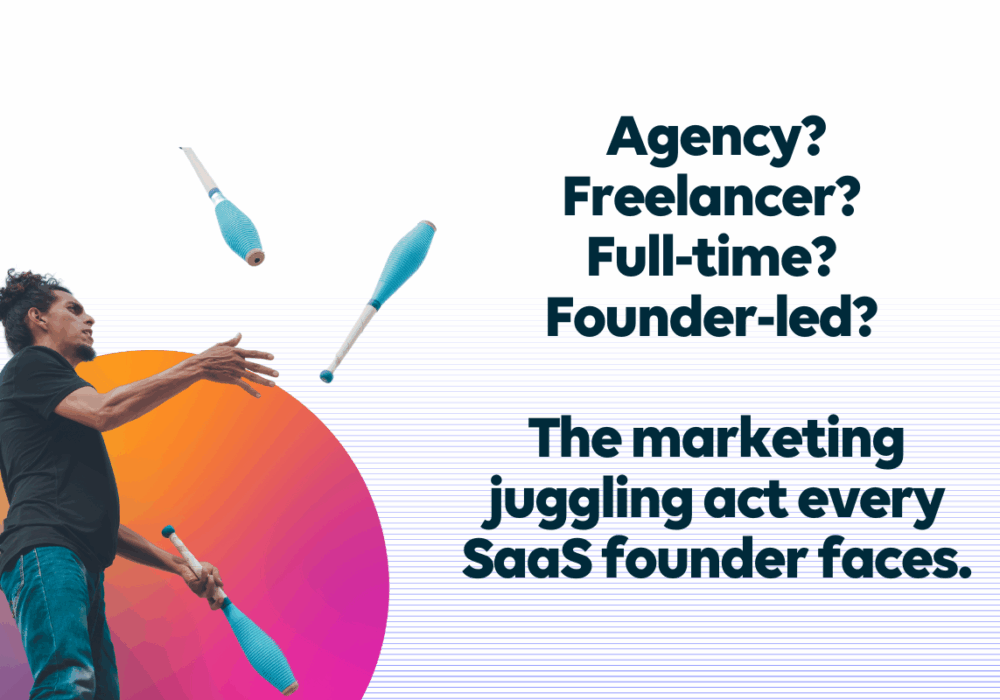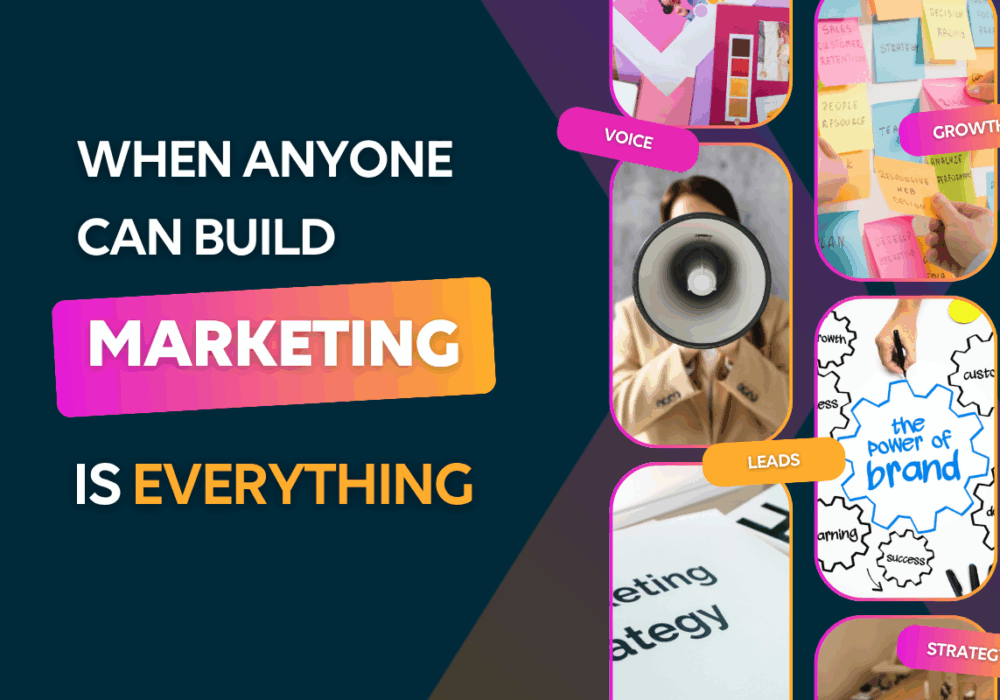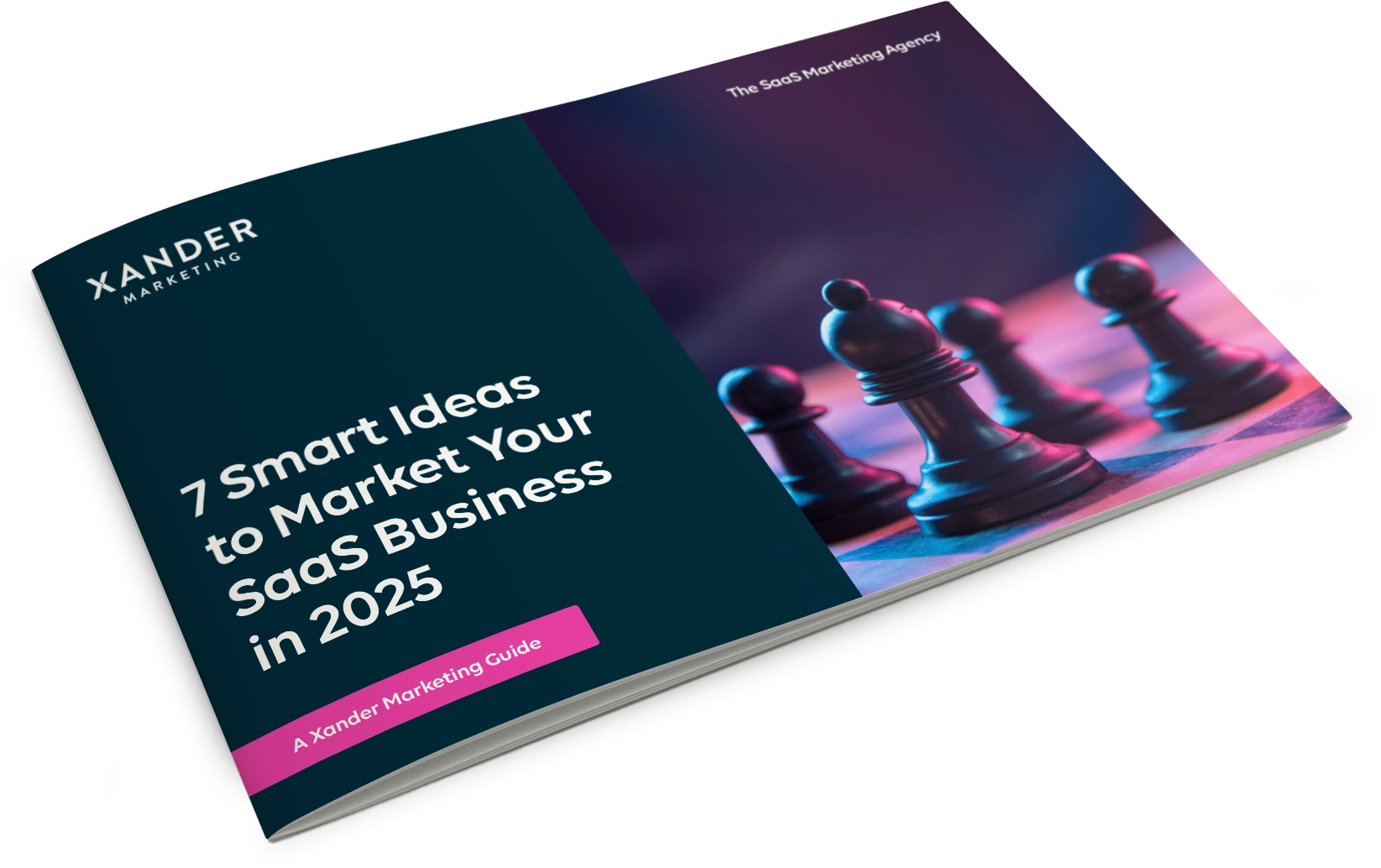SaaS marketing vs traditional marketing: What’s the difference?
18th March 2022

Have you ever tried to sell something to someone that they couldn’t touch or see? Sounds tricky, right? Well, we’d like to think that this is precisely what SaaS marketing is all about. At its core, the lack of physicality is what sets SaaS products and services apart when compared to traditional thoughts on what products or services are.
As a result, SaaS businesses are better marketed through non-traditional means. But what exactly is the difference between SaaS marketing and traditional marketing? And why would traditional marketing efforts not be as effective?
Bigger budgets in SaaS marketing
Usually, once a SaaS product is created, it doesn’t cost more to add new customers. It’s different to a service or product business, for example, where you either need people to deliver a service or find the means to make a physical product. In many cases, this leads to considerably less business costs in the SaaS space, which leaves companies with bigger budgets for their marketing efforts.
Feature updates as opposed to new products
With SaaS marketing, you’ll find that there’s less of a focus on ‘separate physical products’ and more of a focus on one product with many features, as well as updates on those features that will add to its value. Normally, no new product launches are marketed. Instead, new versions/updates of the features a customer has already acquired are promoted.
It’s important that the updates on these features are continuously marketed, because it shows the consumer how much more value one product offers them over time, as opposed to separate products that lose value. In this sense, SaaS companies will inform their customers that although they’ll be paying a fixed amount, they’ll be getting much more than a fixed product in return.
Free trial strategy
Because SaaS isn’t a tangible product or service, companies regularly offer prospective customers an opportunity to test out their software at no cost. Product led growth (PLG) gives individuals first-hand experience of the software before the onboarding process begins where trial-only users are converted into paying customers.
One of the ways SaaS brands facilitate this conversion is by marketing exclusive features within their software that can only be unlocked when a type of membership fee is paid (Canva does this really well). The term ‘try before you buy’ rings true here, and it’s one of the most successful SaaS marketing strategies to date!
Not sure if product led growth should be part of your marketing strategy? Learn more here.
More visible sales cycle
It’s much easier to see the SaaS sales cycle (or marketing and sales funnel), because the cycle is largely digital. For example, if there are 100 people that sign up for a free trial in a month you can track how many go on to become customers and their MRR/ARR and LTV. You’ll be able to see exactly what marketing and sales channels they came from and how much it cost you to sustain those channels.
Customer retention and lifetime value
Since it doesn’t normally cost more to add a new customer, SaaS marketing tends to focus on customer retention over customer acquisition. The ever-evolving digital capabilities of SaaS products support a key selling point that companies rely on to retain customers: the promise of lifetime value.
In other words, SaaS companies are unlikely to grow redundant, because of their ability to adapt to the evolving needs of their customers. This adaptability informs the value proposition that SaaS companies market in order to retain their customers on a long-term basis.
SaaS as a non-traditional venture requires equally non-traditional forms of marketing. For instance, SaaS businesses find and connect to their customers digitally, so digital marketing will bolster customer acquisition, conversion, and retention far more successfully than, say, print marketing will.
Furthermore, if you are currently reevaluating your marketing efforts, consider which of your efforts offer you the greatest return on investment. With digital marketing, you’ll be able to analyse the data from each of your marketing channels to see what scales your ROI and what compromises it. This ultimately helps SaaS companies make more informed decisions about their marketing efforts.
According to Accenture, the era of the consumer is here. This means that in order to retain customers, SaaS companies should focus their marketing efforts on:
- Delivering end-to-end consumer and customer experiences
- Powering the organisation with data
- Aligning resources with new business models
- Knowing customers as people, not consumers
Elevate your SaaS marketing strategies with Xander Marketing
Xander Marketing has helped over 200 B2B SaaS businesses grow revenue, sales and leads with outsourced marketing since 2009.
If you’d like to learn more about how we could help you elevate your marketing efforts, book a free 30-minute consultation with us today.





